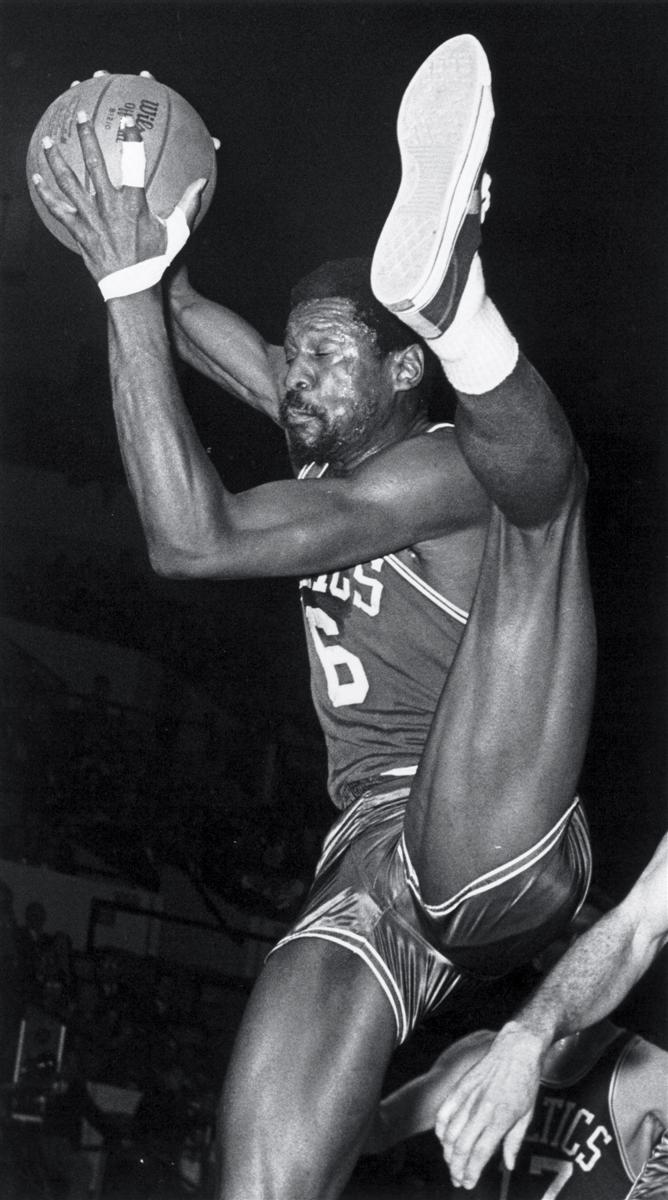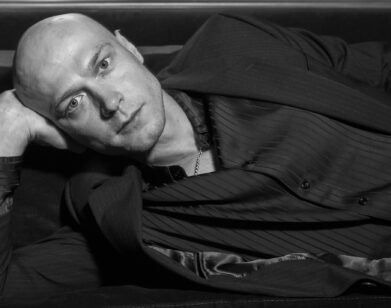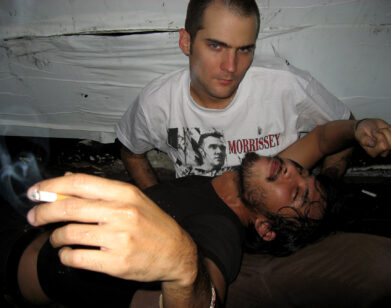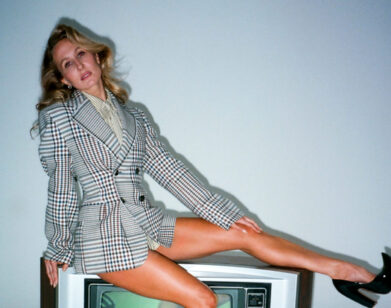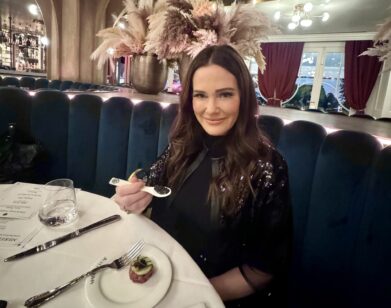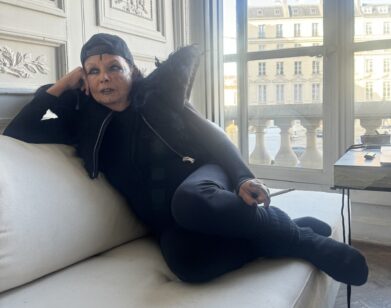George Kalinsky
Former design student George Kalinsky created his own universe of sports photography after happening upon Muhammad Ali, Angelo Dundee, and Howard Cosell one day in 1965 at the 5th Street Gym in Miami. He bum-rushed the show, finagling his way into the workout and started taking photos that would lead to the title of official photographer for Madison Square Garden ever since. Kalinsky has the quickest camera on the court.
RICKY POWELL: You’ve been the official photographer since 1966, going back to the previous Madison Square Garden on Eighth Avenue and 50th Street. That’s like another world ago. What was shooting at the Garden like then?
GEORGE KALINSKY: Well for me, being the Garden photographer was a tremendous privilege at that time and it’s a privilege today, because I think this is the greatest photography job in the world. I have the opportunity to see all of the greatest entertainers and athletes perform here, and photograph them and capture great moments, assuming there will be great moments. When I first got the job, there was no [single] Garden photographer-there were many photographers.
RP: So you invented the job?
GK: I basically invented the job… My career started in Miami. I was on vacation and I saw Muhammad Ali walk into the 5th Street Gym. I followed him, and Angelo Dundee stopped me and said, “You can’t come in unless you pay your dollar.” And I said, “I’m the photographer of Madison Square Garden,” and at that point I was, at best, the photographer of my family.
RP: Where’d you come up with that?
GK: It just came out of my mouth. I have no idea how that happened.
RP: I love it!
GK: And Angelo said, “Okay, come on in.” There were very few people in the gym that day other than Howard Cosell and a few sparring partners and Angelo Dundee. Ali and Cosell together were the first famous people that I shot… I always carried a camera around to take pictures of certain things that I would see. So it could be fire escapes or it could be animals or… street things, family pictures.
RP: You majored in industrial design at the Pratt Institute in Brooklyn. Are you from Brooklyn?
GK: No, I’m from Hempstead, Long Island… So that afternoon, after I was in the 5th Street Gym with Ali, I brought my film to the Miami Herald. They developed the roll, and they put one picture over the wire, and the next day one of my photos of Ali was all over the world.
RP: Did you get the photo credit?
GK: They probably released it to the AP. Definitely was no photo credit. I was just thrilled that one of my pictures was put over the wire. I didn’t even know what a wire service was at that time. So I went to John Condon [the former Knicks announcer and president of Madison Square Garden Boxing] the following week when I got back to New York and I sent him my one roll of film, and he said if I have the chutzpah to show him one roll of film, he had the chutzpah to hire me. And he hired me to do boxing. Within weeks I became the photographer of the Knicks, boxing, the Rangers, and Madison Square Garden. I could say look, I assessed the situation at the Garden and saw that whenever they wanted to have a photographer they usually called up the newspaper or magazine and they hired photographers that way, so little by little, I became the Garden photographer, never realizing that this would be the greatest photography job in the world.
RP: What was it like photographing players such as Pete Maravich going against Walt Frazier? I mean those were like mythical people to me.
GK: I remember the feeling of walking on the Garden court. It was such a thrill just to walk onto that court for the very first time. I’ll always remember that moment and how important it was to me, so I know how important it is to other people. I can’t tell you how many people over a period of years I’ve taken who are not celebrities on the Garden court because it was important to them to be photographed there.
RP: Are your memories vivid of watching the games in the late ’60s and early ’70s?
GK: Yes. When I started, the level of talent [in the NBA] was unbelievable with Bill Russell, Wilt Chamberlain, and Jerry West. When the present Garden opened up in 1968, I remember thinking how privileged I was to be able to photograph Bob Hope and Bing Crosby and I still have that same feeling today photographing the Rolling Stones, U2, Madonna.
RP: You made them feel good as well. It’s a reciprocal, mutual love.
GK: Well I love what I do. People say, “Are you nervous that you’re taking a picture of the pope or you’re taking a picture of a great fight?” And I say, “No, it’s just like it is in basketball when somebody says they want the last shot.” I always wanted the last shot.
RP: I hear that. That’s gotta be innate, in your blood.
GK: I don’t think anybody can do well in any job unless they are passionate about what they do, and the word passion is a very important part of it. And what makes people successful is the drive and motivation and passion to succeed, and to succeed better than the person next to you.
RP: Is it tough out there today?
GK: It’s tough . . . the world of photography, which is part of the art world, which is part of the cult world of culture, has always been tough. And if you work hard and follow the right road and make sure when you come to the fork in the road that it’s the right turn, I think you’re gonna be successful.
RP: Stay in the game and hopefully some fumbles will come your way.
GK: Opportunities coming your way is a very important part of success, and luck is a cardinal tool of success. And some people say to me, “You’ve been lucky an awful lot,” and I say, “When the opportunities come your way, you have to take advantage of them.”
To see more of George Kalinsky’s work click here.

